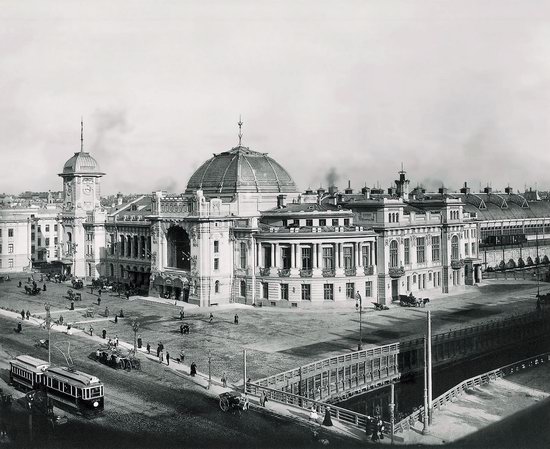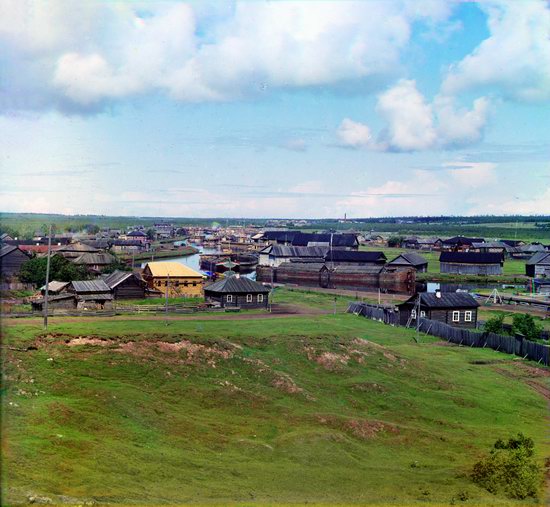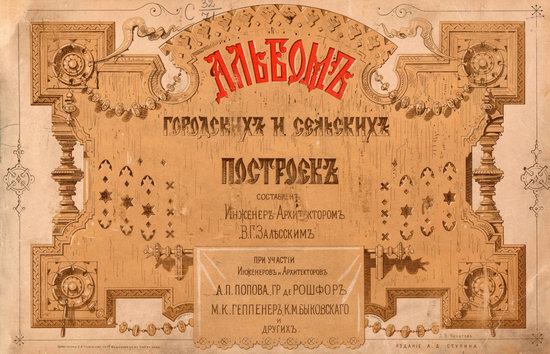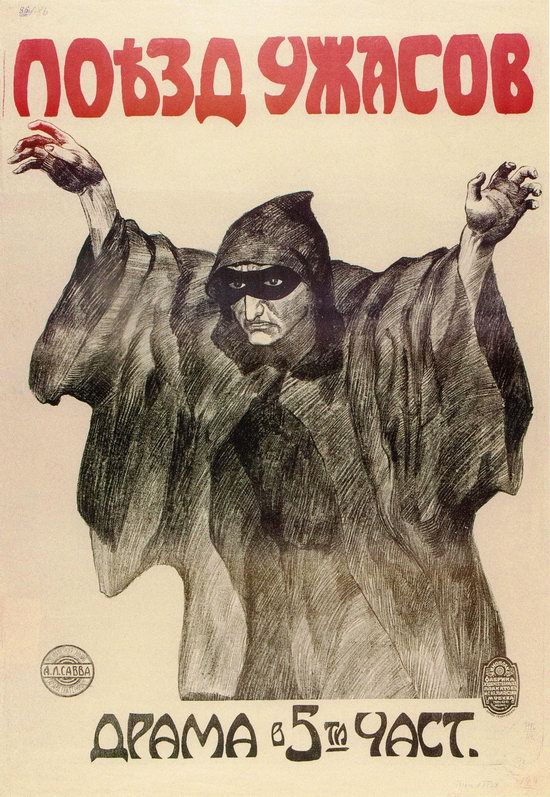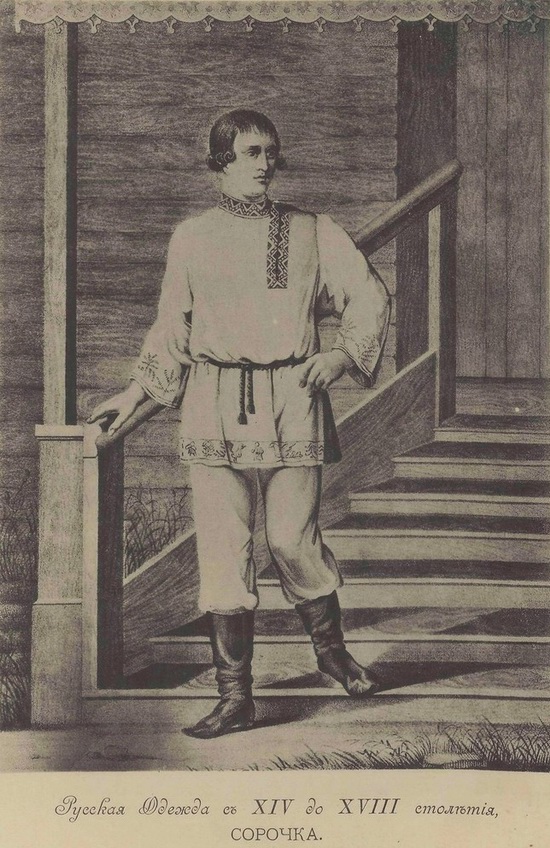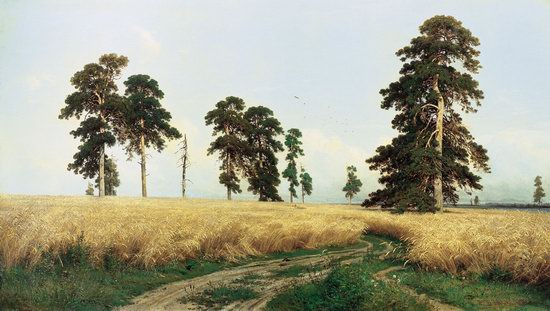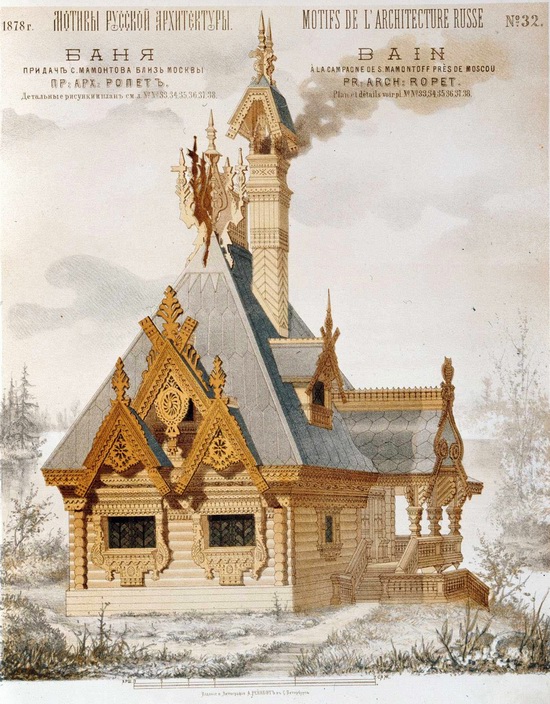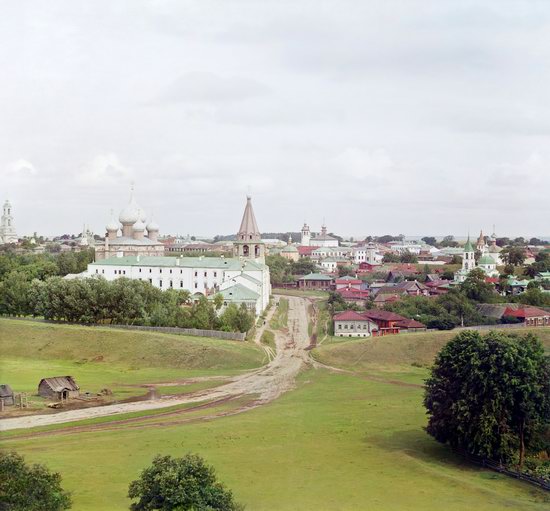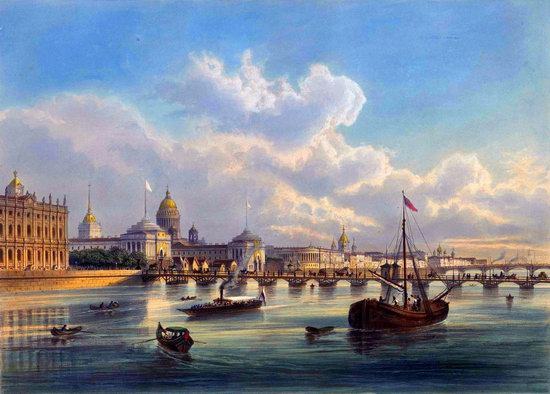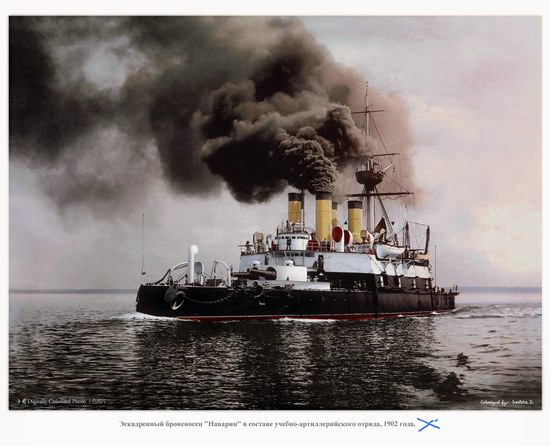TAG | Russian Empire
4
The Last Years of the Russian Empire in Unique Photographs
No comments · Posted by Sergei Rzhevsky in History, People, Photos
Carl Oswald Bulla or Karl Karlovich Bulla (1855-1929), a portraitist and master of documentary photography, was the owner of a photo studio in St. Petersburg. He became known as “the father of Russian photo reporting.”
In 1886, he received from the Ministry of Internal Affairs “permission to carry out all kinds of photographic work outside his home, such as: on the streets, apartments and in the vicinity of St. Petersburg.” In 1897, Karl Bulla’s photographs began to be published in the popular magazine “Niva”. Since that time, his name became known throughout the Russian Empire.
In total, his legacy is about 230 thousand photographs of the late 19th – early 20th centuries. Let’s take a look at some of them.
Tsarskoselsky (Vitebsky) Railway Station in St. Petersburg.
unique photos of the Russian Empire
Tags: Russian Empire · Saint Petersburg city
23
The Russian Empire in Color – Vytegra and Surroundings
No comments · Posted by Sergei Rzhevsky in History, Photos
Today, Vytegra is a small town (since 1773) with a population of about 10,300 people standing on the banks of the Vytegra River, 337 km north-west of Vologda, the capital of Vologda Oblast.
This is a unique opportunity to see what this place looked like 116 years ago – in 1909. This is possible thanks to the unique color photographs taken by Sergey Mikhaylovich Prokudin-Gorsky, a Russian chemist and photographer known for his pioneering work in color photography. Source.
General view of Vytegra and the Vytegra River.
Tags: Russian Empire · Vologda oblast
27
Urban and Rural Buildings in the Russian Empire in 1881
No comments · Posted by Sergei Rzhevsky in Architecture, History
The following album of projects of urban and rural buildings of the Russian Empire was compiled by the engineer-architect V.G.Zalessky with the participation of other engineers and architects in 1881 – an interesting document of its time with beautiful illustrations. Source with additional pictures: humus.
architecture of the Russian Empire
Tags: Russian Empire
1
The Movie Posters in Russia in 1914-1918
1 Comment · Posted by Sergei Rzhevsky in Art, Entertainment, History
In 1913, on the wave of the general rise of the Russian economy, the Russian Empire saw a rapid growth of the cinematographic industry. In 1913, according to incomplete data, there were 1,412 cinemas in the country, of which 134 – in St. Petersburg and 67 – in Moscow.
The heyday of Russian artistic cinematography came during the years of World War I. In 1916, no less than 150 million cinema tickets were sold in the Russian Empire. Let’s look at the movie posters of those times. Source: humus.
1. Train of Horrors (1910s).
Tags: posters · Russian Empire
11
Russian Civilian and Military Clothing in the 14th-18th Centuries
1 Comment · Posted by Sergei Rzhevsky in Art, History, People
Alexander Vasilyevich Viskovatov was a Russian military historian who lived in the first half of the 19th century.
He was the author of a unique multi-volume book “Historical Description of Clothing and Armament of Russian Troops” with detailed descriptions of military and civilian clothing in Russia from 862 AD to the reign of Emperor Nicholas I.
Shirt.
Tags: Russian Empire
30
Photorealistic Paintings of Ivan Shishkin
No comments · Posted by Sergei Rzhevsky in Art, Culture, Nature
Ivan Ivanovich Shishkin (1832-1898) was one of the greatest Russian landscape painters, who created very photorealistic pictures.
In his paintings, he often depicted the nature of the central zone of the East European Plain, also known as the Russian Plain, one of the largest plains in the world.
Rye (1878).
beautiful pictures of Russian nature
Tags: Russian Empire
13
The Motives of Russian Architecture in 1873-1880
No comments · Posted by Sergei Rzhevsky in Architecture, Art, History
“The Motives of Russian Architecture” was a magazine published in St. Petersburg from 1873 to 1880. It published projects of residential buildings, public buildings, furniture and decor created by followers of the Russian style. The goal of this movement was to revive the techniques and motifs of old Russian architecture.
After a series of European revolutions in 1848-1849, known as the Spring of Nations, the middle class was quickly becoming rich. They strived to have luxurious and rich interiors. Workshops and factories producing furniture and interior items tried to please wealthy customers. This is how a very magnificent movement in art and architecture arose, reviving the traditions and features of earlier eras of Russian style. Source: humus.
Tags: Russian Empire
Suzdal is a small town-reserve with a population of about 9,300 people located in the northern part of Vladimir Oblast in the center of the European Russia. It is one of the oldest towns in the country, first mentioned in written sources about 1,000 years ago.
Let’s see what Suzdal looked like in the relatively recent past, in the last years of the Russian Empire. In 1912, it was visited by Sergey Prokudin-Gorsky, a Russian chemist and photographer known for his pioneering work in color photography. At that time, the population of Suzdal was about 7,700 people. Photos by: Open research project “The Legacy of S.M. Prokudin-Gorsky”.
General view of Suzdal.
Tags: Russian Empire · Vladimir oblast
25
St. Petersburg in the 1850s
No comments · Posted by Sergei Rzhevsky in Art, Cities, History
Joseph Daziaro (1806-1865) came to the Russian Empire from Italy in the early 1820s. He opened a publishing business and specialized in the sale of lithograph prints. His firm can be called the first private publishing house of printed artistic graphics in Russia.
By the beginning of the 1830s, he had 2 shops in Moscow. In 1849, he became the owner of a shop in St. Petersburg. Let’s look at his lithographs united under the title “Memories of St. Petersburg” (“Souvenir de St. Petersbourge”). They were mostly made from drawings by the Charlemagne brothers: Josif Charlemagne (1824-1870) and Adolf Charlemagne (1826-1901). Source: aldusku.
Dvortsovy (Palace) Bridge.
Tags: Russian Empire · Saint Petersburg city
10
Colorized photos of the Russian Imperial Fleet
No comments · Posted by Sergei Rzhevsky in Army, History, Photos
The period from 1853 to 1917 was the most interesting period in the development of the Russian Navy. After the Crimean War of 1853-1855, steam Navy began to develop rapidly. By the end of the 1850s, the Russian fleet started to operate in the oceans.
During the second half of the 19th century, the Russian Empire created a modern for that time armored fleet. In the early 20th century, the country had the third largest fleet in the world. On these photos made in this period you can see the battleships of this once mighty fleet.
historical photos of the Russian Imperial Fleet
Tags: Russian Empire

